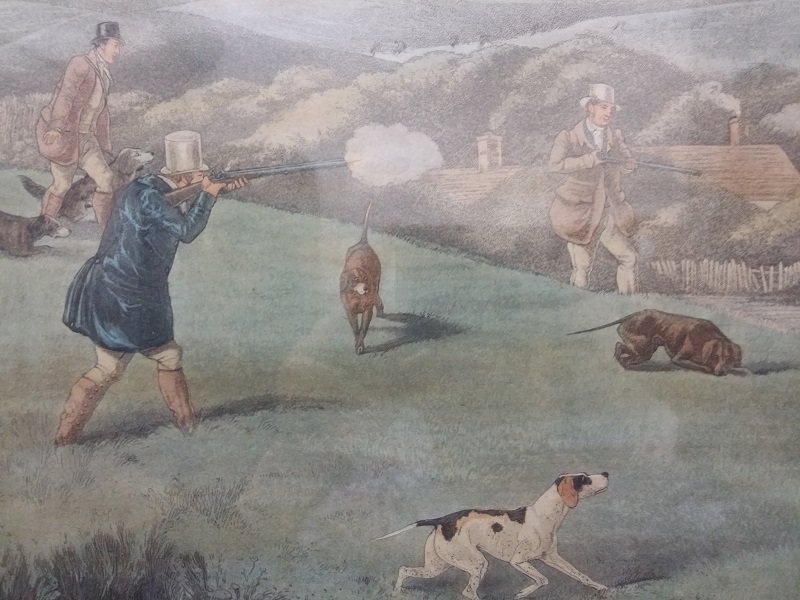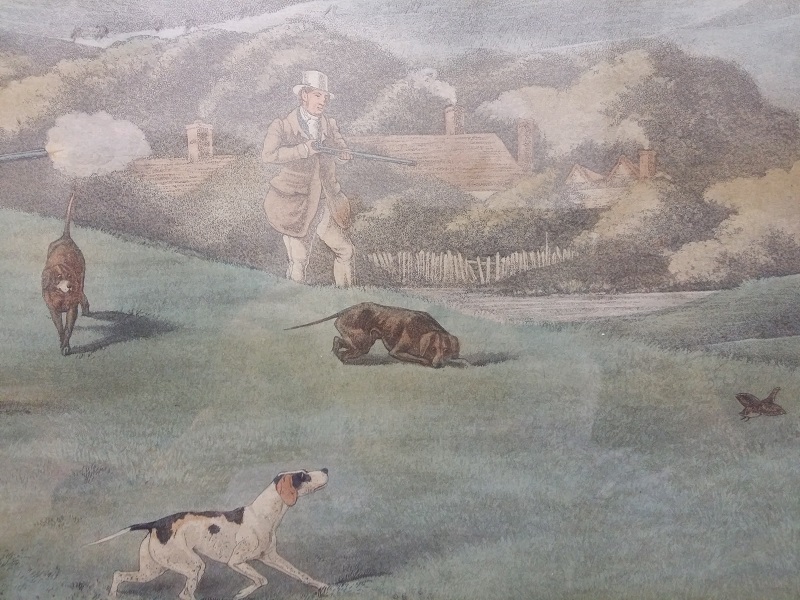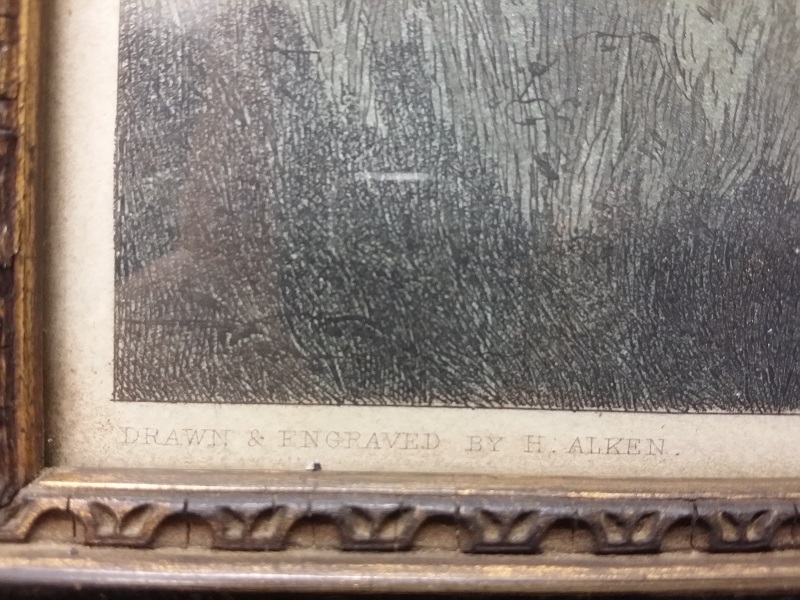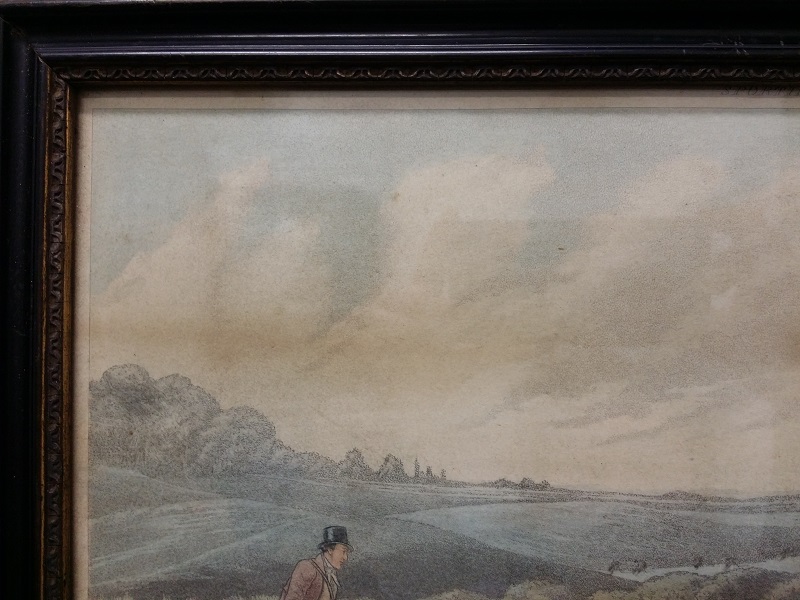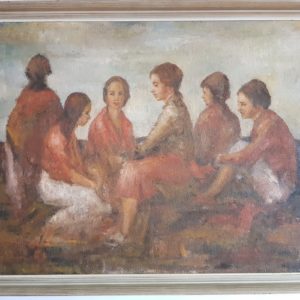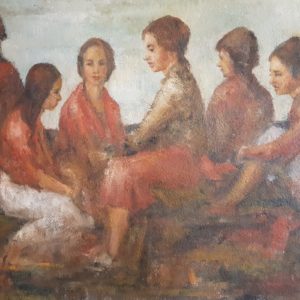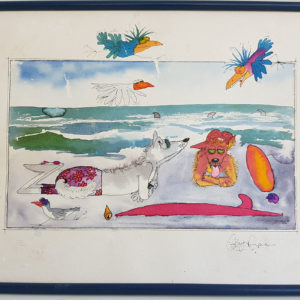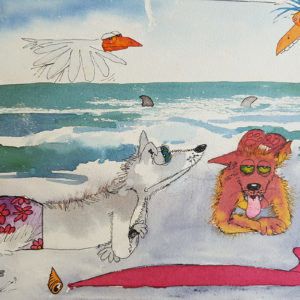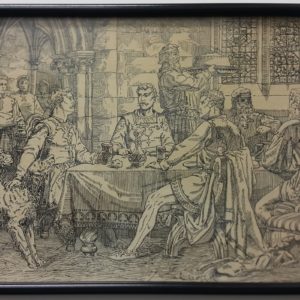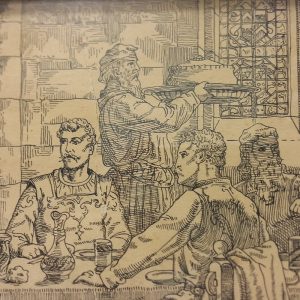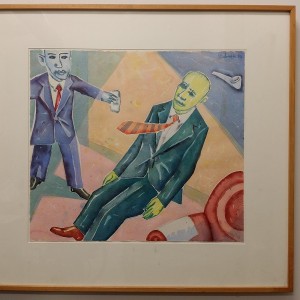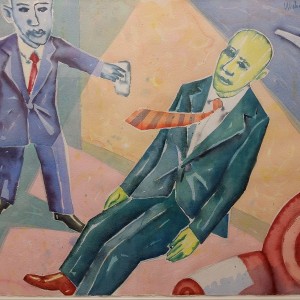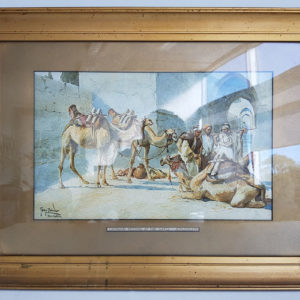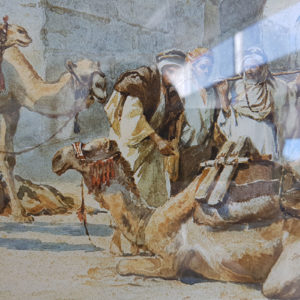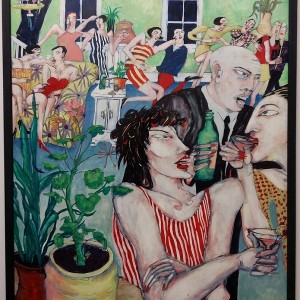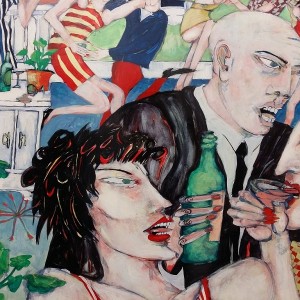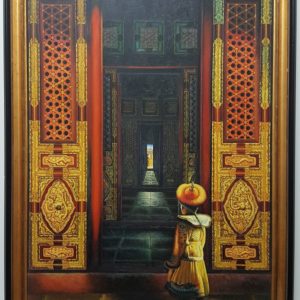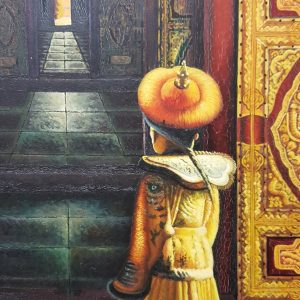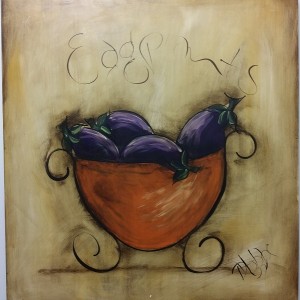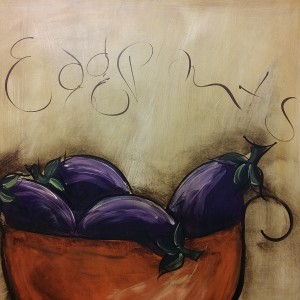Description
Author’s background:
A keen huntsman, Henry Alken painted in both oil and watercolor what he loved best: hunting and coaching scenes. The most famous of the Alken family of painters, Henry was born in London in 1785. He was also an engraver, caricaturist and illustrator. His most prolific period of painting and drawing occurred between 1816 and 1831.
Alken was born in Soho, London, and was the third son of Samuel Alken, a sporting artist. Two of his brothers were artists; George, Samuel Jr., and Sefferien John.
Young Henry first studied under his father and then with the miniature painter John Thomas Barber Beaumont (1774-1841), also known as J.T. Barber. Alken began exhibiting at the Royal Academy as a young man, the first time being in 1801 with a miniature portrait.
Early in his career, he painted sporting subjects under the name of “Ben Tallyho”, but in 1816 he created The Beauties & Defects in the Figure of the Horse, using his own name. From that time until about 1831, he produced many sets of etchings of sporting subjects mostly coloured and sometimes humorous. His soft-ground etchings were often colored by hand.
Married to Maria Gordon, he fathered five children, two of whom were artists: Samuel Henry, also a sporting artist and known as Henry Alken junior, and Sefferien junior.
Henry Alken died in April 1851 and was buried in Highgate cemetery. Though fairly affluent during most of his career, he fell on hard times towards the end of his life and was buried at his daughter’s expense.
A collection of his illustrations can be seen in the print department of the British Museum.

